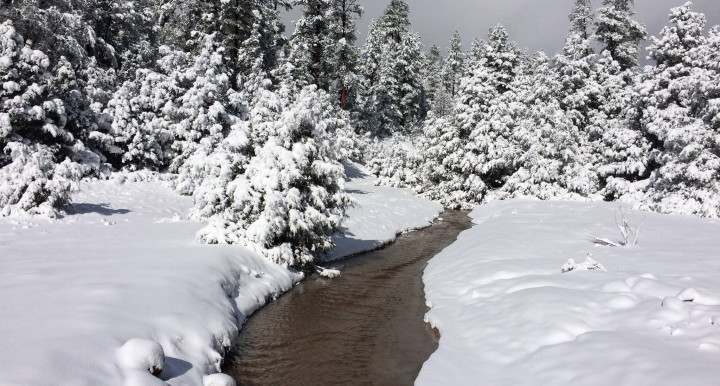This talk reflects over 45 years of research and contemplation by me on the tree-ring standardization problem. There is no optimal solution to this problem because the statistical properties of the raw ring-width data we typically process are very complicated and their expressions of radial growth over time are totally unobserved. It has recently become apparent to me that we spend too much time letting the computer do the standardization for us without taking time to look at the data.



